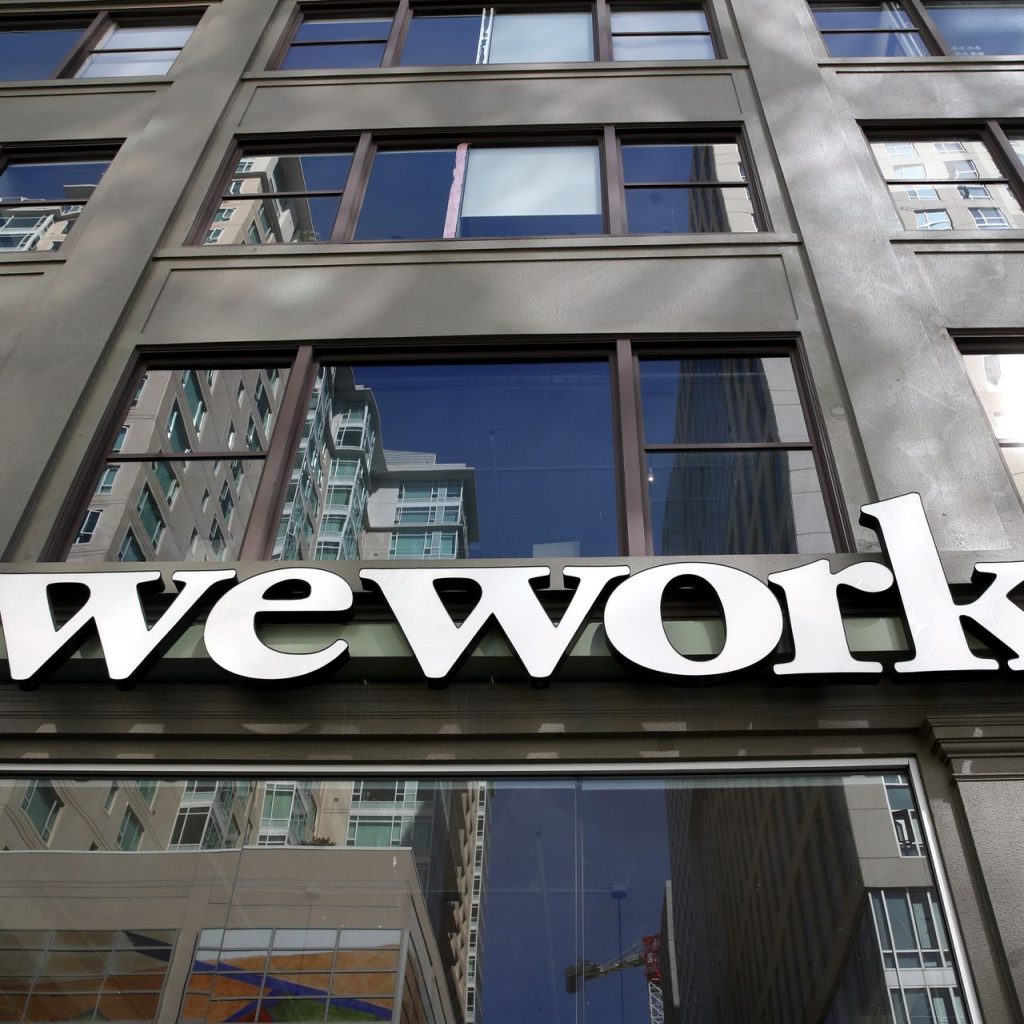Home debt-to-income home loans are those where the borrower’s total debt service – including car loans and credit cards, student loans and mortgage payments – are greater than 43% of the borrower’s monthly income before taxes.Loans with high DTI (debt-to-income) ratios prevailed just before the Global Financial Crisis hit. The Dodd-Frank Act of 2010 required the Consumer Financial Protection Bureau (CFPB) to define the guidelines for a ‘Qualified Mortgage’.Qualified mortgage guidelines were supposed to help rein in aggressive lending with high DTI ratios, but in reality not a lot has changed.
Dodd-Frank was supposed to curtail DTIs, but really didn’t
In 2013 the CFPB released its final definition of a ‘Qualified Mortgage’, but there were carveouts for loans secured by government sponsored enterprises like Fannie Mae and Freddie Mac, and Ginnie Mae.
Thanks to these exceptions, mortgages with high DTI loan ratios weren’t really minimized. That’s because GSEs like Fannie and Freddie, along with Ginnie, insure about 60% of the current outstanding mortgage loans in the U.S., and over 50% of these loans are owned directly by the federal government.
For the time being aggressive residential lending is still going strong
Across the U.S. home prices continue to rise while wages stay relatively flat, making housing much more difficult to afford. It’s no surprise that over the last few years the percentage of loans with high debt-to-income ratios has been on the rise:
- 2015: 27% of mortgages insured by GSEs were high DTI ratio loans
- 2016: 29%
- 2017: 33%
- 2018: 39% of GSE insured loans have DTI ratios above 43%
Credit risk layering is an early warning sign
Using a high amount of leverage to buy real estate isn’t a bad thing in and of itself. Professional real estate investors successfully maximize leverage to boost yields and ROIs all the time.
The problem is that the majority of people borrowing money to buy a home are not professional investors. Borrower’s aren’t using high debt-to-income loans because they want to. They’re doing it because they have no other choice.
Credit risk layering occurs when there are other high-risk factors in a loan in addition to a high DTI ratio. These include:
- Low credit scores
- Low down payments
- Little or no liquid borrower reserves
- Rise in down payment assistance use
Credit risk layering in residential mortgages is becoming more common. So far this year, 5% of FHA purchase originations were for loans with DTI ratios above 43% and borrower credit score lower than 620. In 2016 only 1% of FHA originations had this type of layering.
Credit risk layering by Fannie and Freddie is also increasing. Three percent of these GSE loans have high-DTI ratios and borrower credit scores below 680, up from 2% in 2016.
What happens if regulators start clamping down on high debt-to-income lending?
As interest rates continue to rise so does the risk of future loan default. If regulators decide to fine-tune underwriting guidelines and tighten lending credit requirements, loan originations with high DTI ratios and additional credit risk factors would decrease.
This would further damage the single-family housing market that’s already showing signs of weakness from high prices and rising interest rates.




